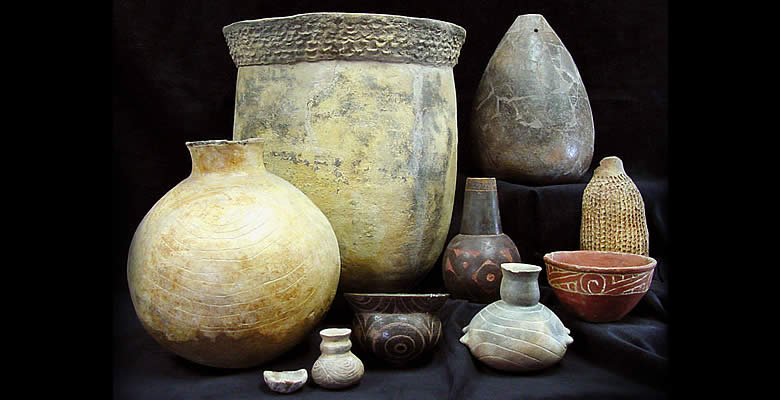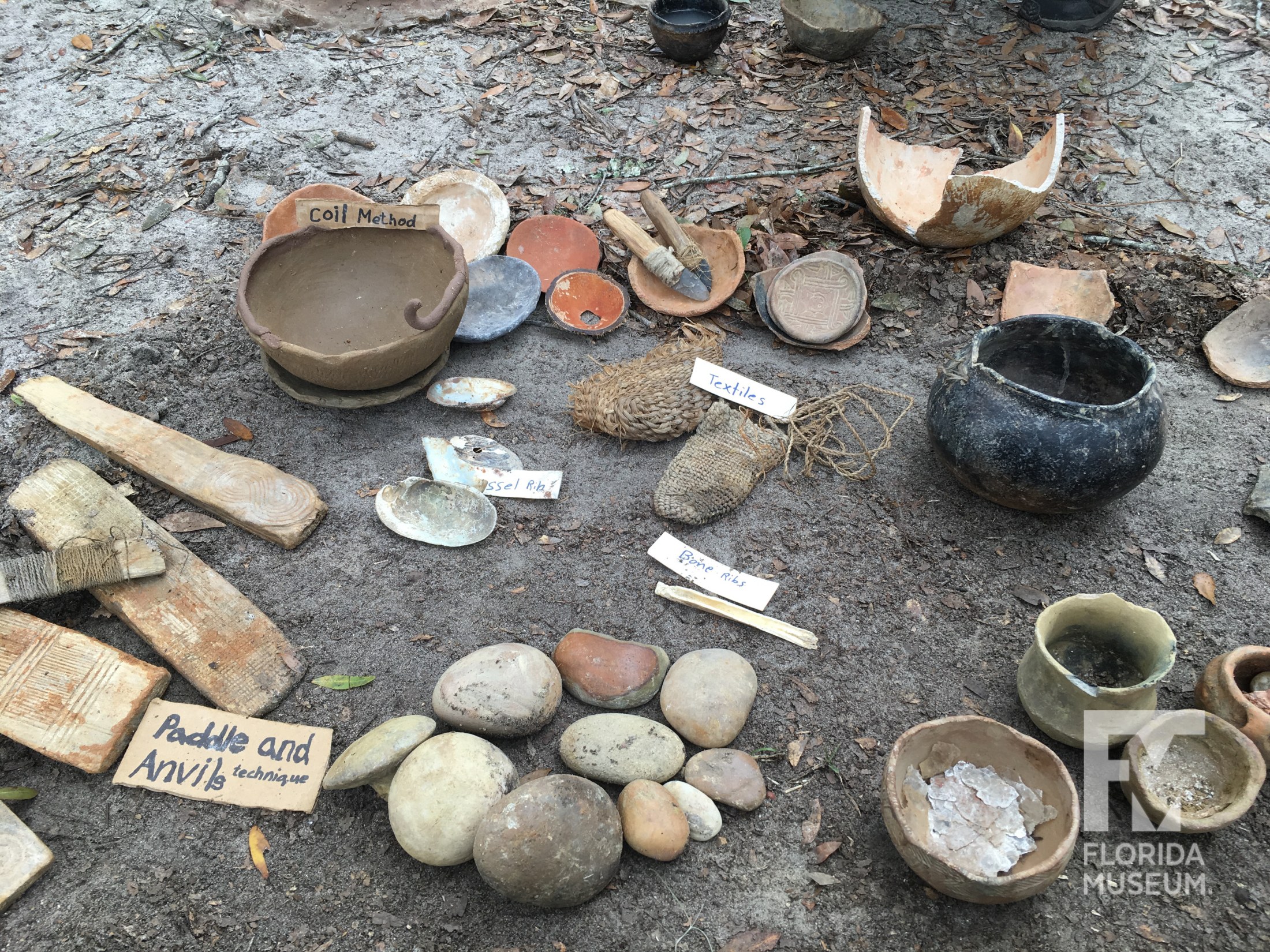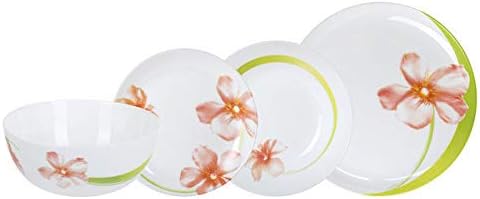Bone Temper Ceramics

Ang 6930 archaeological ceramics k.
Bone temper ceramics. We have produced a number of beakers one with crushed bone inclusions this will allow us to assess the use of this organic temper in prehistoric pottery. The type of temper or mix of tempers used helps to determine the ceramics produced by different cultures during a particular time period. Bone ash is tricalcium phosphate in the form of hydroxyapatite ca5 oh po 4 3 this reacts when making bone china to give anorthite caal 2 si 2 o 8 and ca3 po 4 2. A short talk given by a senior archeologist jeff richner at the midwest archeological center about pre contact archeology of the upper great lakes region.
Substance in clay that modifies its properties when wet or dry as well as during and after firing rice 1987 407 mixing of additives including other clays with clay to produce a body for pottery making rye 1976 109. M 1984 bone tempered. 2 ca5 oh po 4 3 3 ca3 po 4 2 ca oh 2 real bone ash is obtained by calcining bone up to approximately 1100 c and then cooling and milling. Ppl 4x sand tempered plain pottery quartz sand sand temper.
Ceramics appear in archaeological assemblages around a d. Thin section view of fiber tempered sherd showing carbonized fibers in some fiber temper voids width of image 2 5mm. Last month we discussed how to process clay using the water extraction method. 1250 in the central and southern part of texas where bone tempered pottery is found in the most abundance hester and hill make note of various reports citing the presence of bone tempered pottery at many sites along the coast and in the pecos region.
In addition bone tempering has been found in varying amounts in caddoan and. A temper is a non plastic material added to clay to prevent shrinkage and cracking during drying and firing of vessels made from the clay. Bone tempered pottery is commonly found at late prehistoric and historic sites in both south and central texas. Crushed bone was used as temper in at least some ceramics at anumber of sites in texas.
Adding temper to clay as featured in the february 2008 issue of practically seeking. While most scholars have assumed the inclusions are bone attempts to identify.


















